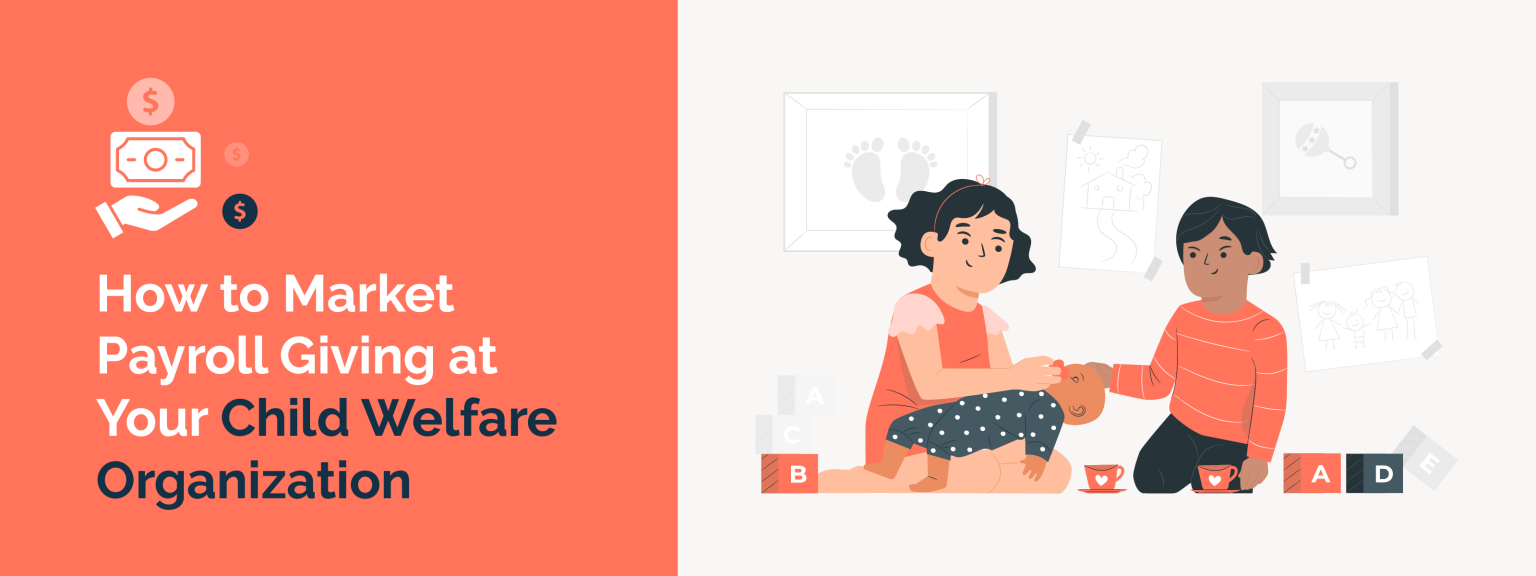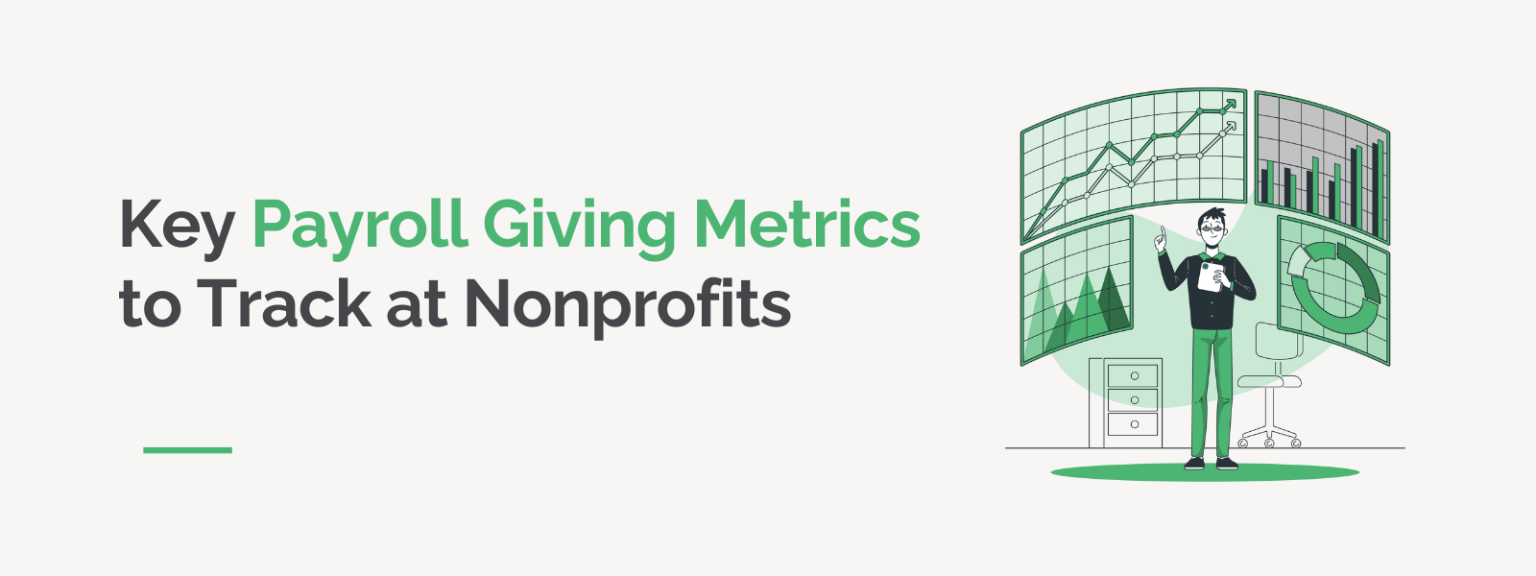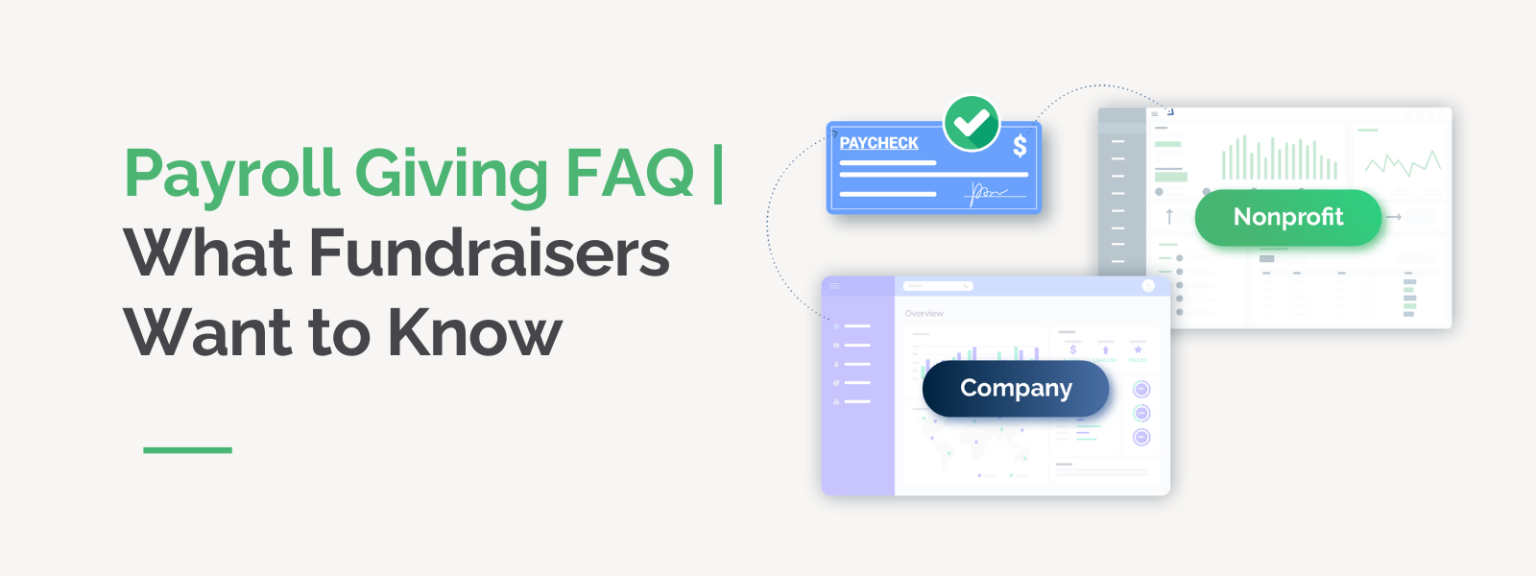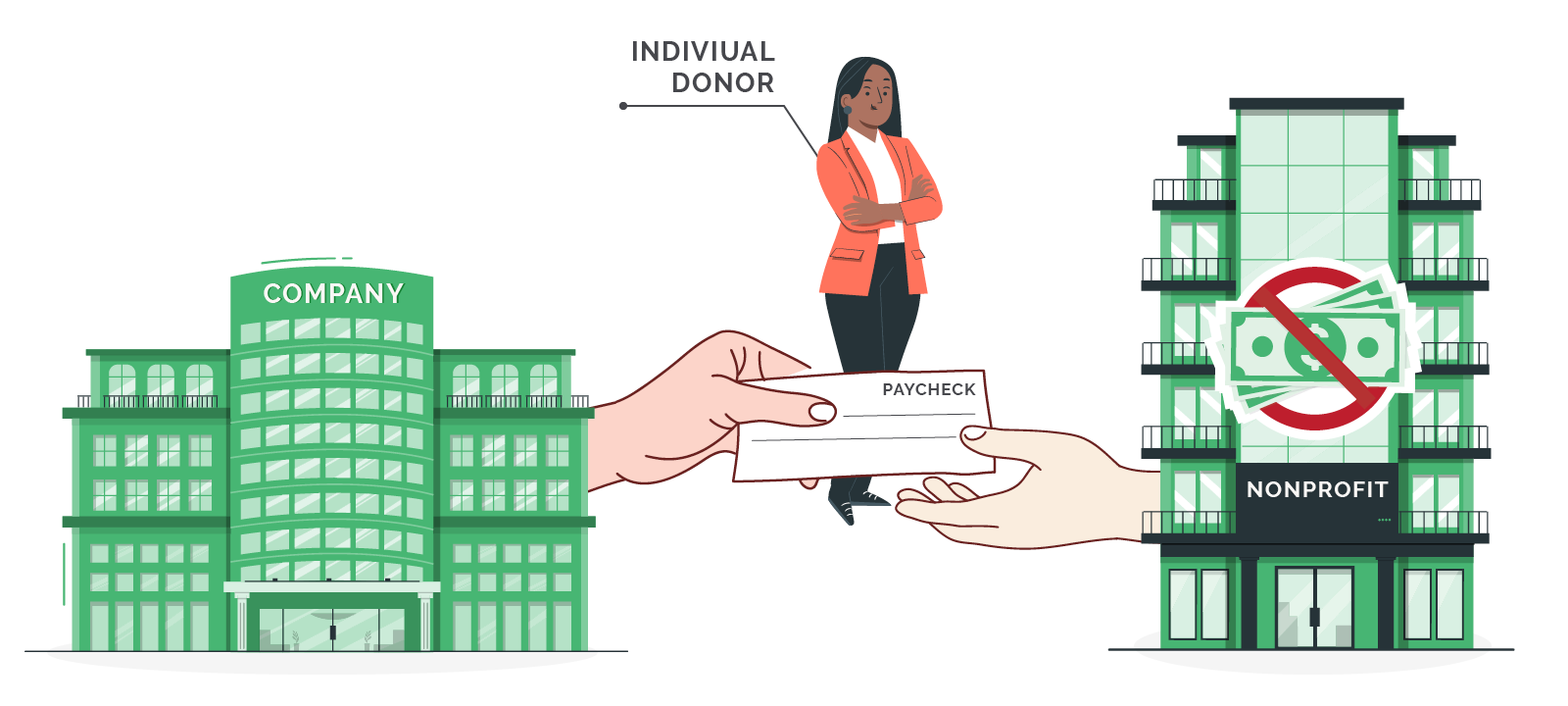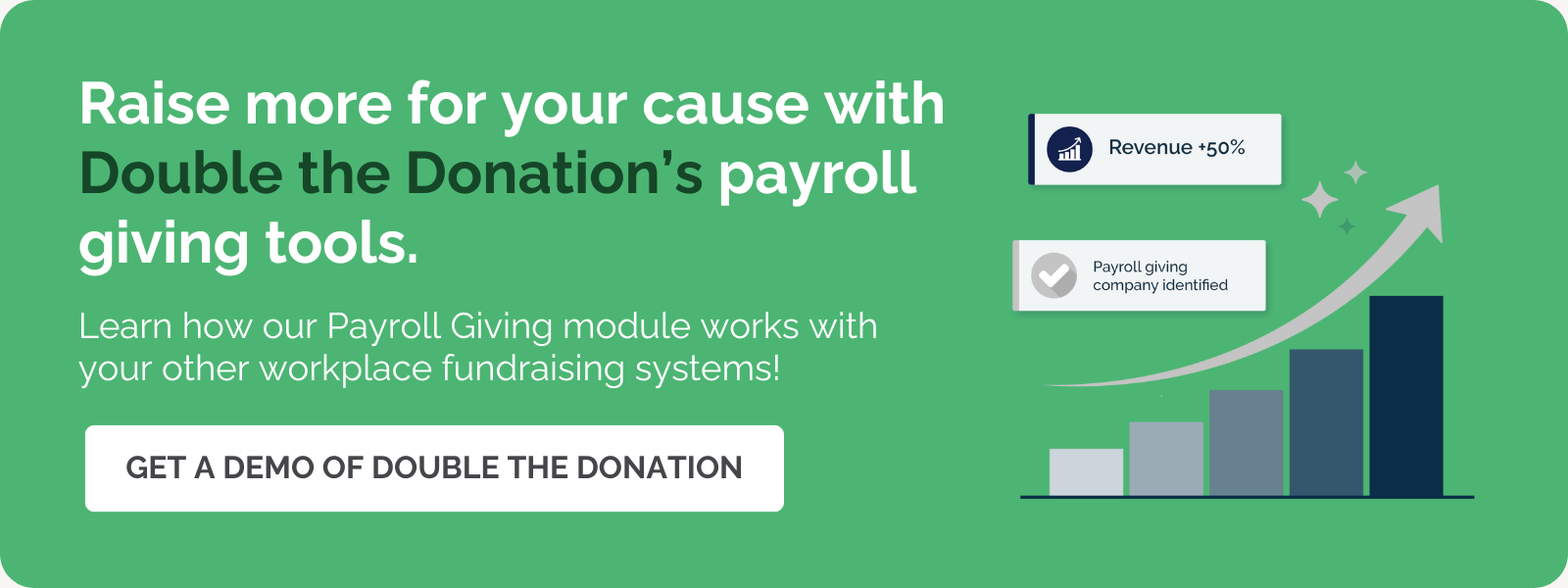How to Market Payroll Giving at Your Child Welfare Organization
Marketing payroll giving effectively within child welfare organizations is a transformative strategy to secure consistent funding that supports vulnerable children and families. Payroll giving allows employees to donate a portion of their salary directly to a cause they care about, making it a convenient and impactful method of charitable giving. For child welfare organizations, this steady stream of donations can translate into sustained programs, enhanced services, and broader community outreach.
Understanding how to communicate the benefits of payroll giving is essential for child welfare organizations aiming to engage donors and employees alike. By crafting thoughtful marketing strategies tailored to child welfare-related missions, organizations can inspire generosity and build long-term relationships with supporters who are passionate about improving the lives of children in need.
Table of Contents
Why marketing payroll giving matters for Child Welfare Organizations
Payroll giving is a critical fundraising channel for child welfare organizations because it provides a reliable and predictable source of income. Unlike one-time donations, payroll giving contributions are deducted regularly from employees’ paychecks, ensuring a steady flow of funds that can be allocated to ongoing programs and emergency needs. This financial stability allows organizations to plan more effectively and expand their reach to more children and families.
Moreover, payroll giving fosters a culture of philanthropy within workplaces, encouraging employees to become more engaged with the cause. When employees see their contributions making a tangible difference in the lives of children, they often feel a deeper connection to the organization’s mission. This emotional engagement can lead to increased advocacy, volunteerism, and even larger future donations.
Building trust through transparency and impact reporting
For child welfare organizations, demonstrating how payroll donations are used is vital to maintaining donor trust. Transparent communication about the allocation of funds and the outcomes achieved helps reassure donors that their contributions are making a meaningful difference. Regular impact reports, stories of children helped, and updates on program successes can be shared through newsletters, social media, and internal communications within partner companies.
When donors understand the direct link between their payroll giving and positive change, they are more likely to continue their support and encourage colleagues to participate. This trust-building is especially important in child welfare, where donors want to be confident that their generosity is improving children’s lives in tangible ways.
Leveraging employer partnerships to expand reach
Child welfare organizations can amplify their payroll giving campaigns by partnering with employers who share a commitment to social responsibility. Employers can facilitate payroll giving by integrating donation options into their payroll systems and promoting the program internally. These partnerships not only simplify the donation process but also lend credibility to the campaign.
Employers who actively support payroll giving initiatives often see increased employee morale and engagement, as workers feel proud to contribute to meaningful causes. For child welfare organizations, collaborating with businesses creates a win-win scenario: employees gain an easy way to give back, and organizations receive sustained funding to support their vital work.
Strategies for marketing payroll giving to Child Welfare donors
Effective marketing strategies for payroll giving in child welfare organizations focus on clear communication, emotional storytelling, and making the giving process as seamless as possible. Tailoring messages to resonate with potential donors’ values and motivations is key to encouraging participation.
One successful approach is to highlight the direct impact of donations on children’s lives. Sharing real-life stories, testimonials from families helped, and visual content such as photos or videos can create an emotional connection that motivates employees to give. Emphasizing how even small, regular contributions add up to significant change can also encourage participation.
Utilizing multiple communication channels
To reach a broad audience within partner organizations, child welfare nonprofits should leverage a variety of communication channels. Email campaigns, intranet posts, staff meetings, and printed materials like posters or flyers can all be used to raise awareness about payroll giving options. Social media platforms can also be powerful tools for storytelling and engagement, especially when sharing success stories and donor spotlights.
Consistency in messaging across these channels helps reinforce the importance of payroll giving and keeps the campaign top of mind for employees. Additionally, providing clear instructions on how to enroll in payroll giving removes barriers and simplifies the process.
Engaging leadership and champions within organizations
Having influential leaders and employee champions advocate for payroll giving can significantly boost participation rates. When senior management publicly supports the initiative and shares their own commitment, it sets a positive example and encourages others to follow suit. Employee ambassadors who are passionate about child welfare can also help spread the word and answer questions among their peers.
Recognizing and celebrating donors, whether through internal newsletters or special events, further reinforces a culture of giving and appreciation. This recognition can motivate ongoing support and inspire new donors to join the program.
Key tips for messaging that resonates with Child Welfare Organizations
Crafting messaging that truly resonates with donors in the child welfare sector requires empathy, clarity, and a focus on the transformative power of giving. Messages should emphasize the urgency of the need while also highlighting hope and positive outcomes.
Using language that conveys compassion and the tangible benefits of donations helps potential donors see the real-world impact of their contributions. Avoiding jargon and keeping messages straightforward ensures accessibility and understanding across diverse audiences.
Highlighting the ease and benefits of payroll giving
Many employees may be unfamiliar with payroll giving or unsure about how it works. Clear messaging that explains the simplicity of enrolling, the tax benefits, and the convenience of automatic deductions can alleviate concerns and encourage sign-ups. Emphasizing that payroll giving allows donors to make a difference without a large upfront commitment can be particularly effective.
Additionally, framing payroll giving as a way to create lasting change for children in need helps donors feel that their ongoing support is meaningful and impactful.
Incorporating stories that inspire action
Storytelling is a powerful tool in child welfare marketing. Sharing narratives about children who have been helped through the organization’s programs can evoke empathy and motivate donors to contribute. These stories should be authentic, respectful, and focused on the positive changes made possible by donor support.
Including quotes from children, families, or frontline workers adds a personal touch that can deepen emotional engagement. Visual elements such as photos or videos further enhance the storytelling experience and make the message more memorable.
Overcoming common marketing challenges for Child Welfare Organizations
Marketing payroll giving within child welfare organizations can present several unique challenges, including limited awareness, overcoming skepticism, and increasing engagement. Addressing these obstacles requires strategic planning and creative approaches.
Raising Awareness: Making Payroll Giving a Recognized Option
Many workplace giving programs fly under the radar, and employees often aren’t aware that payroll giving is even an option. By making the effort to inform supporters about payroll giving as a simple and effective way to contribute, child welfare organizations can significantly boost participation. Highlighting payroll giving as a seamless way to donate, right from their paycheck, makes it an easy choice for employees to get involved. Encourage employees to look into it as a giving option by promoting the benefits of payroll giving in your outreach efforts, whether through email campaigns, social media content, or other dedicated communications.
Overcoming Donor Skepticism: Trusting Third-Party Payroll Systems
A common barrier to payroll giving is donor skepticism, especially when contributions are processed through third-party systems. Donors may feel uncertain about how their donations are handled and question whether their funds are reaching the organization. It’s important to reassure potential donors that payroll giving systems are as secure and reliable as the payroll systems they already trust. Just as payroll ensures employees are paid on time and accurately, payroll giving platforms are similarly designed with robust security measures to protect their contributions.
Engaging Payroll Giving Donors: Keeping Them in the Loop
Payroll giving donors often fall under the radar because their contributions are more “out of sight, out of mind” due to the automatic nature of payroll deductions. However, it’s crucial to remember that even though these donations are made regularly, the donors still need to feel recognized and engaged. Make sure to reach out to payroll giving donors through periodic updates, thank-you messages, and invitations to events or activities. Engage them in your organization’s work by sharing impact stories or providing insights into how their donations are making a difference. Personalizing communications and recognizing their support will help them feel like an integral part of your mission, fostering long-term commitment to your cause.
Wrapping Up & Next Steps
In conclusion, marketing payroll giving within child welfare organizations is a strategic approach to securing sustainable funding and fostering a culture of philanthropy. By leveraging effective communication, storytelling, and partnerships, organizations can inspire ongoing support and make a lasting impact on the lives of children and families in need. As you move forward, consider how you can tailor these strategies to your unique mission and audience to maximize engagement and success.
Get Started with Double the Donation’s Payroll Giving Tools
Unlock the full potential of payroll giving with Double the Donation’s powerful, easy-to-use tools. Our Payroll Giving module automatically identifies which of your supporters work for companies that offer payroll giving programs, giving you the insights you need to reach the right people at the right time. From there, we provide company-specific program details so donors can take action quickly: no guesswork, no missed opportunities. By leveraging our solution, your organization can turn hidden eligibility into steady, recurring revenue that fuels your mission all year long.
Get a demo of Double the Donation today to learn more and see the tools in action.

